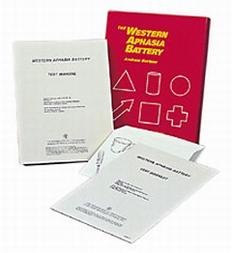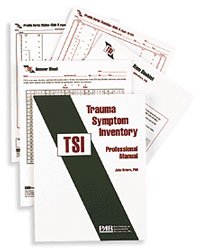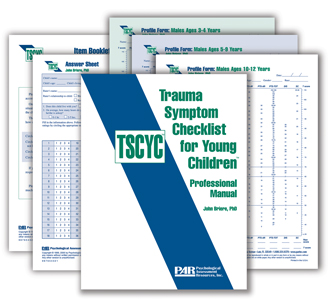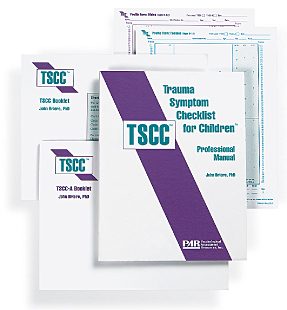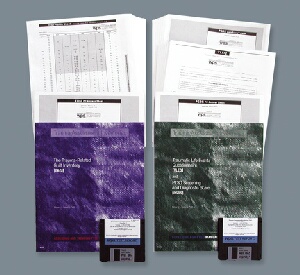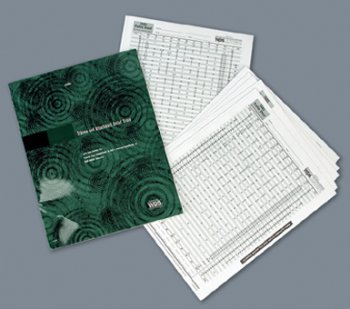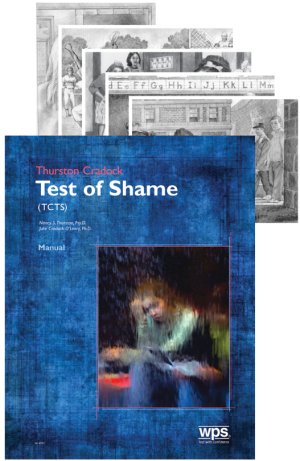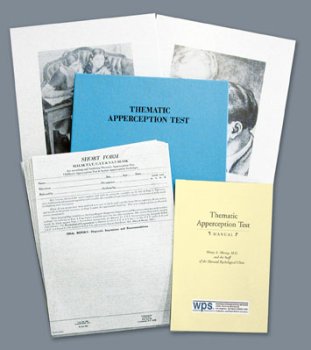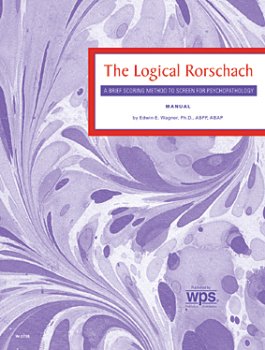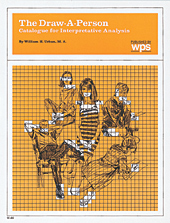Western Aphasia Battery-Revised (WAB-R)
WAB-R: Western Aphasia Battery — Revised (Without Manipulatives) . . Ages: 18-89 yearsTesting Time: 60 minutesAdministration: Individual . Test for (and measure the severity of) aphasia syndromes in adolescents and adults using the WAB-R. You can administer the WAB in an hour and evaluate a client’s responses for information content, fluency, auditory comprehension, repetition, and […]



